Wine Aging Classification of Chile and Argentina
Both Chile and Argentina are making themselves known among the top wine producers in the world in both quality and quality. These two Spanish speaking countries share many Spanish influences, even with their wines. It is very common to find Chilean and Argentinean wines with “Reserva” and “Gran Reserva” on their labels. For decades, these terms have little meaning much like the United States, winemakers can use them at their indiscretions without any legal ramifications. However, there is an on going effort recently to enforce these designations.
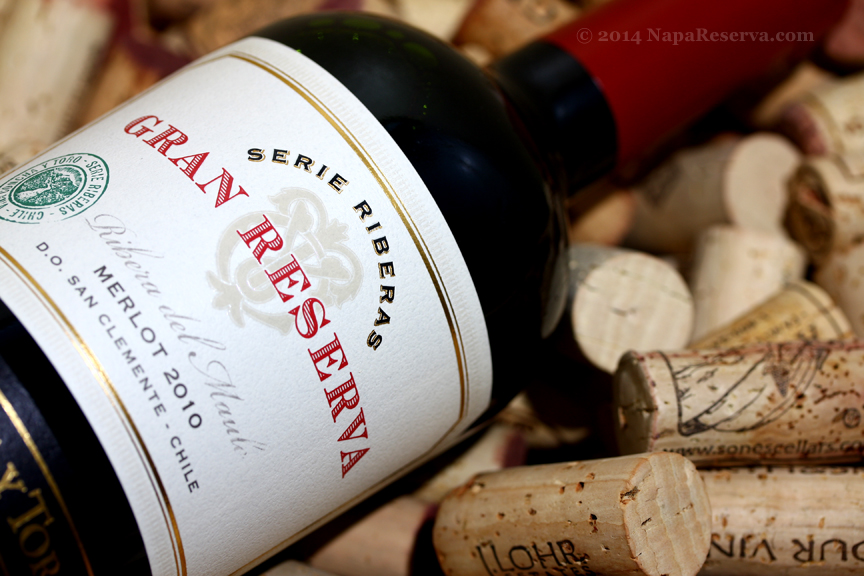
Argentina also limits the yield of grapes. For each 100 liters of wine produced, no less than 135kg (or roughly 300lbs) of grapes ought to be used. Minimum aging is 1 year for red and 6 months for Rose and white wine. And for “Gran Reserva” aging will have to be at least 2 years for red and no less than 1 year for Rose and white wine.

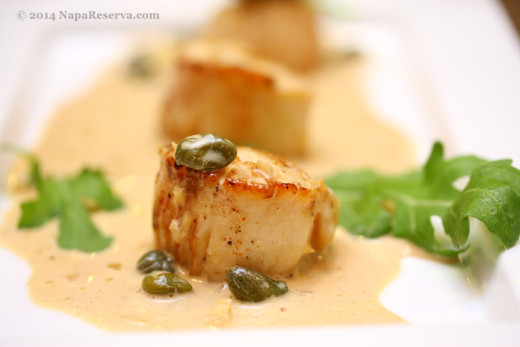
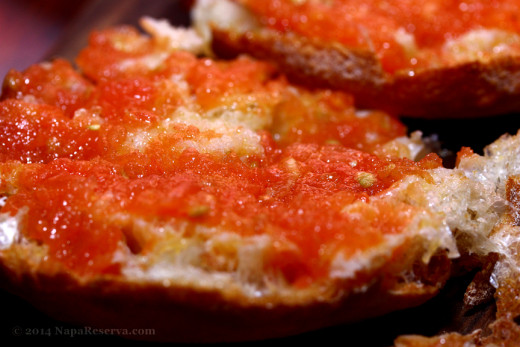
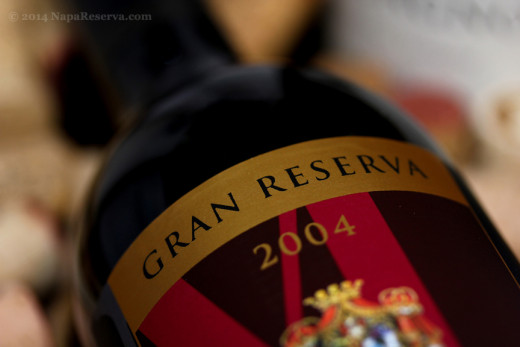
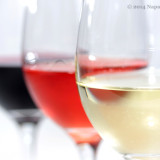
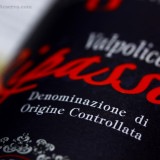

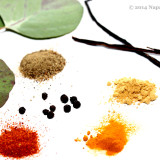
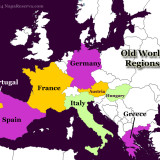
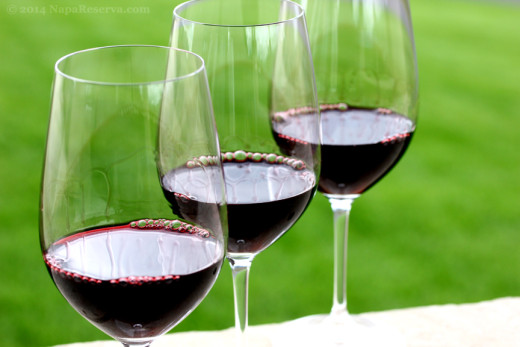
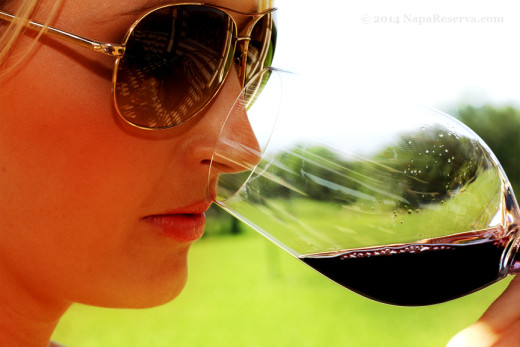
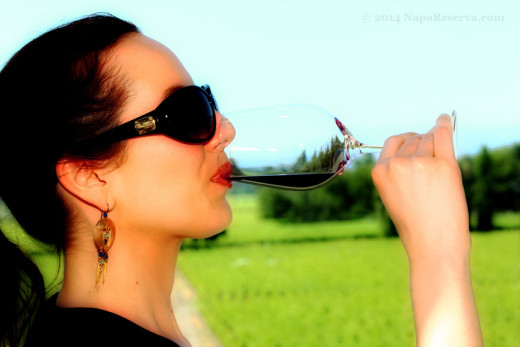
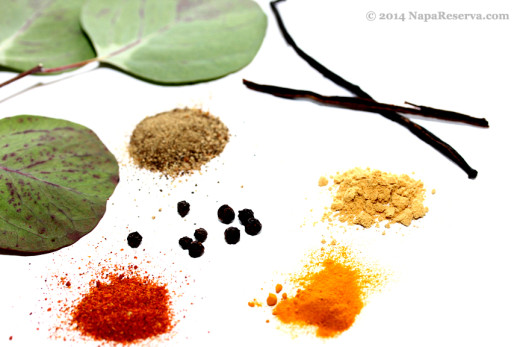
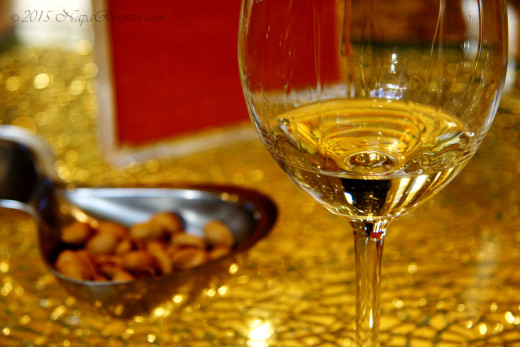


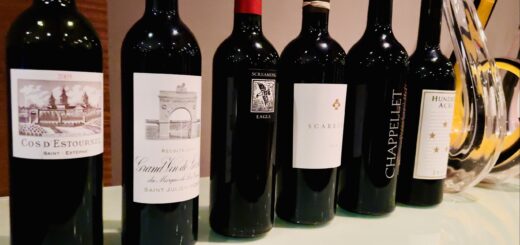
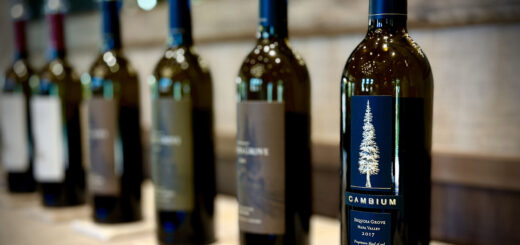
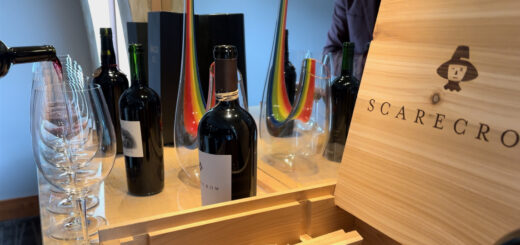

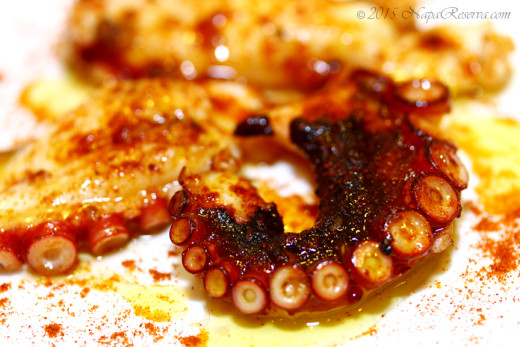
Just FYI, neither Reserva nor Gran Reserva in Chile dictate any legal obligation for aging, solely alcohol content and oak. According to the official document Reserva is .5% ABV increase with optional oak; Gran Reserva 1%, oak usage and distinctive organoleptic properties. See http://www.winesofchile.org/wp/the-wines/understanding-a-label/ or the original in spanish: http://www.wipo.int/edocs/lexdocs/laws/es/cl/cl058es.pdf